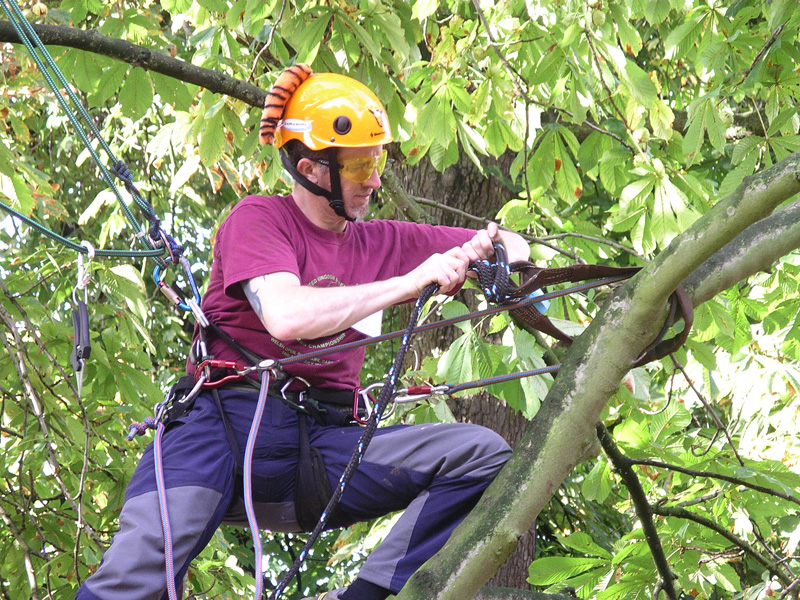
Each tree has a unique function, such as lining up on a roadway, being alone in a park, or shading a rest area from the sun. The tree is vulnerable to common dangers including the wind, shocks, aging, and even bacterial infection. pruning also contributes to the silhouette’s equilibrium and gives it a specific shape.
It is crucial to get in touch with a professional business so that a technician can provide his assessment of the situation, the health of the tree (dead branches, etc.), and the limitations it imposes (branch on facade, hidden sign, etc.).
Yes, pruning, but what size?
Everything is based on the plant. You shouldn’t prune a young tree the same way you would a wayside tree. The most typical dimensions are:
- Gentle pruning
When trying to suit your needs, this reduction pruning best protects your tree. Less than one-third of the crown’s volume has been removed. The amount of buds still present on the tree allows for year-round trimming, even during the growing season. Cuts are made on branches with a diameter of less than 5 cm. Healing then happens quickly. Respect is shown for the tree’s silhouette. The future of the tree will be secure.
Use: To preventatively reduce the tree’s height and volume before they grow to unmanageable dimensions in light of its surroundings.
- Reduction size on sap pump
Reducing the size of the sap pump’s crown is crucial. It enables the reduction of the tree’s presence in relation to its surrounding restrictions. It’s possible to make cuts up to 15 cm in diameter. A tiny branch known as a sap puller is kept for each cut. Thus, starting in the first days of spring, the buds on this branch will draw sap and aid in mending. 10% to 50% of the buds are still present. They will also lessen the appearance of vertical releases by absorbing this sap. The tree’s structure is then protected. If the cuts are made with consideration for the angle and the best location for healing, the tree will have a long future.
Use: To clear space around the tree’s surrounding restrictions by adjusting the tree’s volume and height. in order to illuminate nearby structures. in order to lessen wind resistance.
- Extension size reduction
No buds are maintained. All of the branches have been cut down, leaving the carpenters with an extension that varies in length (10 cm to 1 m). Each extension has latent buds that will awaken in the spring. The shaft’s volume is drastically decreased. It’s still intact structurally. If the cuts are made with consideration for the angle and the best location for healing, the tree will have a long future.
Use: To make room around the tree’s surrounding restrictions by lowering the tree’s volume and height. in order to illuminate nearby structures.
When should trees be pruned?
In the fall, after the leaves have dropped and before the frosty months, trees are typically pruned and felled. Oak, lime, fir, plane, and walnut tree trimming el cajon ca should be avoided in the spring since the sap is rising and the cuts result in a lot of runoff. As soon as the tree-pruning season begins, we dispatch our most skilled arborist charleston sc to your property to preserve the aesthetic appeal of your trees and safeguard your safety.


 Ensuring the Safety of Your Wisconsin Home’s Roof: When to Consult a Roofing Expert
Ensuring the Safety of Your Wisconsin Home’s Roof: When to Consult a Roofing Expert  Enhance Your Comfort with Premier Gas Water Heater Installations in Red Wing, Minnesota
Enhance Your Comfort with Premier Gas Water Heater Installations in Red Wing, Minnesota  Creating Inviting Outdoor Spaces: The Benefits of Outdoor Fireplaces in the Twin Cities
Creating Inviting Outdoor Spaces: The Benefits of Outdoor Fireplaces in the Twin Cities  Why Are Real Estate Serviced Apartments An Ideal Investment?
Why Are Real Estate Serviced Apartments An Ideal Investment?  How a Solar Company Designs Custom Solutions for Your Home
How a Solar Company Designs Custom Solutions for Your Home  Creative Uses of LED Strip Lighting for Accent Lighting
Creative Uses of LED Strip Lighting for Accent Lighting  Comprehensive Guide to Mold Removal in Hunterdon County: Safeguarding Your Home and Health
Comprehensive Guide to Mold Removal in Hunterdon County: Safeguarding Your Home and Health  Risks of Asbestos in Home Furnaces
Risks of Asbestos in Home Furnaces  Quartz Countertops Sacramento: Enhancing Homes with Timeless Elegance
Quartz Countertops Sacramento: Enhancing Homes with Timeless Elegance